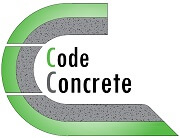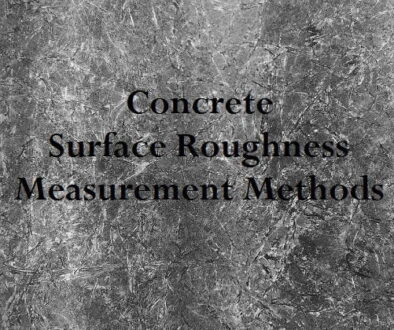The Function of Fiber Reinforcement in Concrete
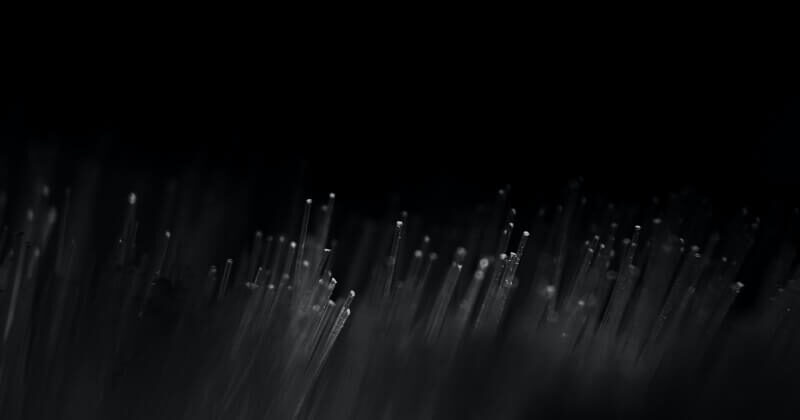
Last updated on February 7th, 2022
The role of fiber reinforcement in concrete
Fiber reinforcement has different functions and can influence various properties in concrete. For example, during its plastic phase, concrete exhibits volumetric changes due to plastic and drying shrinkage. Thus, this causes internal tensile stresses that may exceed the tensile capacity of concrete at that time. Consequently, such stresses at early age may lead to the formation of micro cracks.
The function of concrete fiber reinforcement at the early age
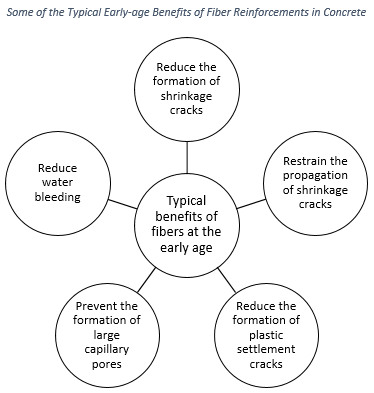
In general, the fiber reinforcement at this stage, can help control the formation and restrain the propagation of such cracks. In fact, fibers have a major role in absorbing and dissipating stresses by their mechanical blocking action. Also, concrete fiber reinforcement can help controlling plastic settlement cracks. This is mainly because it functions as an internal support system.
Furthermore, and due to their uniform distribution, fibers reduce water bleeding and prevent the formation of large capillary pores. These early-age benefits, and the continuous role of some types of fibers, also influence the properties of hardened concrete.
The effect of fiber reinforcement on the durability
For instance, as fibers prevent the formation of large pores, they can reduce the permeability of hardened concrete. Also, as they control the water bleeding, fibers can enhance the abrasion resistance. This is mainly because the non-uniform or excess water bleeding can cause variations in the properties and strength at the surface and/or between the surface and the core of concrete. Thereby, the role of fiber reinforcement at the early age of concrete can also enhance the durability of concrete.
The effect of fiber reinforcement on the mechanical properties of concrete
In addition, some types of fibers with certain properties, can enhance not only the durability, but also various mechanical properties. These properties may include the compressive strength, flexural strength, tensile strength, shear capacity, ductility, creep resistance, impact resistance, and many others. In fact, this strength enhancement can be related to the ability of some types of fiber reinforcements to absorb the energy, uniformly dissipate stresses, and bridge cracks. In brief, fibers can have a major influence on physical, mechanical, and durability properties.
Factors affecting the performance of fiber reinforcement in concrete

As we explained earlier, fibers have a specific function in concrete. However, not only their properties affect their performance, but also various other factors. These include their volume, aspect ratio, orientation, and distribution. In addition, the elastic modulus, fiber-matrix interfacial bond, mixing technique, and the maximum particle size also affect the performance of fiber reinforcement in concrete.
Fiber volume
The quantity of fibers in a mixture is usually measured as a percentage of the total volume of the composite. It is commonly referred to as Vf. In fact, the fiber volume greatly influences the overall performance of concrete. For instance, as the fiber volume increases, up to a certain extent, the properties of the composite significantly improve. However, the ideal volume depends on the overall concrete requirements and on various other factors. These include the aspect ratio and type of fibers, mix proportions, and the properties of the matrix.
Aspect ratio
Aspect ratio is the ratio of the length of a fiber to its diameter or equivalent diameter. Generally, this factor has a major effect on the performance of concrete fiber reinforcement. Usually, the aspect ratio of fibers ranges between 20 and 1800, depending on the type of fibers. For instance, most synthetic fibers have a higher aspect ratio when compared to inorganic fibers.
Orientation
The main difference between steel bar reinforcement and fiber reinforcement is that the former is oriented in the desired direction. Whereas the orientation of fiber reinforcements is random. In fact, the orientation can influence the performance and the stress dissipation of fibers. For example, orienting the fibers in the proper direction can certainly improve various properties when compared to random orientation.
Distribution
Similar to the location of steel bars in concrete, the location of the fiber reinforcement has a major effect on the performance of an element. In general, fibers are usually mixed for a uniform distribution and not to be localized in a specific area. However, improper or inhomogeneous distribution of fibers can have a negative effect and form weak areas in a composite. This can be avoided by adequate mixing, pumping, and placing techniques.
Elastic modulus
In general, the elastic modulus of fibers must be more than that of the matrix, in order for the fibers to efficiently absorb and dissipate stresses. In fact, this is one of the main reasons why inorganic fibers, having a high elastic modulus, can enhance the strength and stiffness of a composite. On the other hand, fibers with low elastic modulus, such as polypropylene and nylon fibers, are unlikely to improve the strength properties significantly. However, they can enhance the toughness through energy absorption.
Interfacial bond
The fiber-matrix interfacial bond determines the efficiency of stress dissipation, failure mode of the fibers, and overall performance of the composite. In fact, it is important to have a strong bond between the fiber reinforcement and the surrounding matrix, in order to achieve the proper stress transferring. Actually, this bond can be altered when needed, through adjusting the surface texture of the fibers or applying chemical treatments or coatings.
In addition, the fiber-matrix interfacial bond can affect the failure mode of the fibers, which is usually a slip-out or a total rupture. For example, when the interfacial bond is very strong, almost no fiber-matrix de-bonding occurs during a fiber rupture. Thus in such a case, the fiber rupture causes vigorous stress transferring to the adjacent areas, and may cause cracking. On the other hand, if the interfacial bond is very weak, the fiber will start slipping out to soon, and will not carry stresses even close to its capacity. In such a case, fibers will be almost useless to strength enhancement, and concrete usually easily forms a dominant crack.
Therefore, fibers should preferably have a strong bond. Nevertheless, some special types of fiber reinforced concrete may require fibers to start slipping out just before they reach their capacity “theoretically”. In fact, this is the ideal phenomenon in many cases.
Mixing
Fibers can be either mixed with the solid ingredients before adding water, or after adding all the ingredients and achieving a homogeneous mix, based on the type of fiber reinforcement and concrete properties.
However, the time of addition of fibers to the mixture and the mixing technique should be precise in order to achieve homogeneity and avoid various problems. For instance, improper mixing may cause fiber balling, segregation, or excess air. In fact, fiber balling may occur due to several reasons, including fiber addition rate, mixing time, mixing speed, mixture workability and consistency, size of aggregates, fiber volume, fiber aspect ratio, and maximum fiber length. For example, steel fibers having an aspect ratio of 100 could cause mixing difficulties at fiber volume exceeding 2%.
Maximum particle size
The maximum particle size in a composite, mainly with coarse aggregates, can affect the fiber performance in various ways including the orientation, spacing, load transfer, and bond strength of fibers. Thereby, depending on the type of fibers, their properties, and their required function, the maximum particle size of aggregates to be used in a composite must be limited in order to achieve the required performance.
Enhancement techniques of fiber reinforcement in concrete
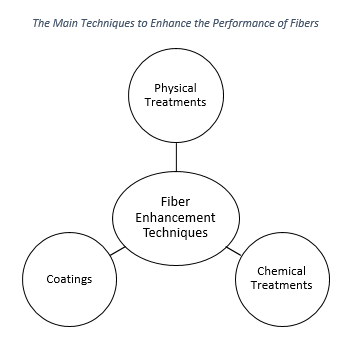
Fiber enhancements are processes that alter their weak properties or defects, which usually may cause short-term or long-term problems in concrete. In fact, different enhancement processes are available for fiber reinforcement, depending on their type and the requirements. The enhancements can be made through treatments, which are classified into physical and chemical treatments, or through the application of coatings. These processes usually remove surface impurities, improve fiber-matrix compatibility and interfacial bond, reduce hydrophilicity, and/or improve their durability.
Physical treatments to enhance the performance of fibers
Physical treatments such as ultra-violet, corona, ultra-sound, plasma, and dielectric barrier discharge, are those that mainly affect the fiber surface or their contact area, in order to improve the fiber-matrix interfacial bond.
Chemical treatments to improve the performance of fiber reinforcement
Whereas, chemical treatments, such as salinization, alkalization, etherification, acetylation, graft copolymerization, isocyanate treatment, benzoylation, and many others, also affect the fiber surface, not only to improve their bond, but also to enhance their durability.
These treatments are mostly used on natural fibers, however, some can be used to alter the surface roughness of synthetic fibers, such as plasma treatment on polyethylene fibers.
The application of coatings to enhance the performance of fiber reinforcement in concrete
Another process for fiber enhancement is the application of coatings. These coating include brass, nickel, copper, zinc phosphate, iron oxide, epoxy, and many others. In fact, coatings are beneficial to steel fibers in order to improve their durability and/or fiber-matrix interface. For instance, normal steel fibers may corrode similar to steel bar reinforcements. In addition, other coating, such as slick coatings, can be also beneficial for synthetic fibers. For example, such coatings aim to decrease the strong molecular bond of some special polyvinyl alcohol fibers with the cement matrix.
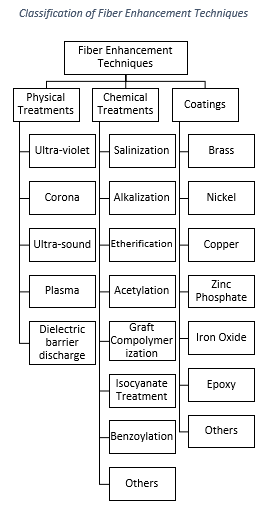
Conclusion
Fibers can have a significant role in controlling the formation and propagation of shrinkage cracks in concrete. In addition, some concrete fiber reinforcement can have additional benefits on various mechanical properties and durability. However, there are many factors, related to their properties, to the mixture, and to their usage, that can influence their performance. Furthermore, concrete fiber reinforcement can be enhanced to improve some of their properties. The enhancement techniques include physical treatments, chemicals treatments, and coatings.
Bibliography
- McCartney, L., & Broughton, W. (2001). Continuous Parallel Fiber Composites: Deformation and Strength. Encyclopedia of Materials: Science and Technology (Second Edition), 1609-1617.
- Mishra, G. (2010). Fiber Reinforced Concrete – Types, Properties and Advantages of Fiber Reinforced Concrete.
- NRMCA (2019). Synthetic Fibers for Concrete.
- Pereira, C. (2009, September). Role of Fibers for Durable Concrete Construction.
- Ramamoorthy, S. K. (2015). Properties and Performance of Regenerated Cellulose Thermoset BioComposites. Skrifter från Högskolan I Borås.
